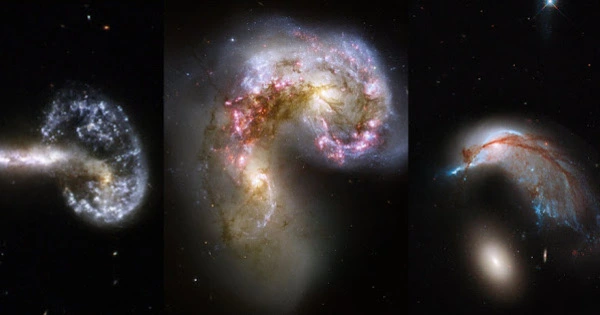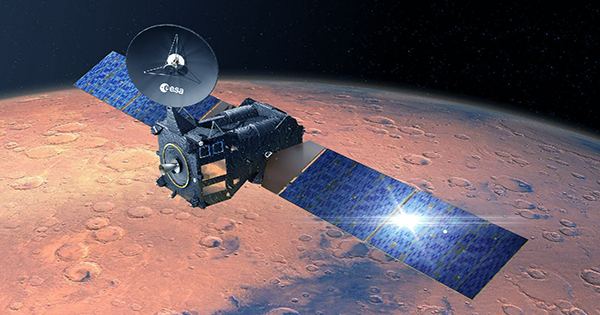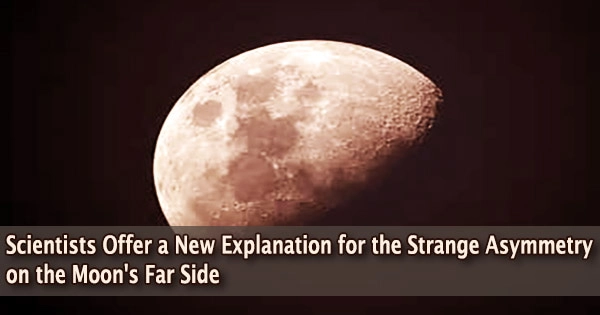A strange galaxy is one that has an odd size, shape, or composition. Unusual galaxies account for between 5% and 10% of all known galaxies. These anomalies can present themselves in a variety of ways, including strange shapes, colors, or structures, as well as unusual behaviors or qualities. Astronomers have classified unusual galaxies into two types: interacting galaxies and active galactic nuclei (AGN).
In astronomy, a “peculiar galaxy” is a galaxy that has uncommon or unique traits that set it apart from other galaxies. When two galaxies approach each other, their mutual gravitational forces might cause them to take on extraordinarily irregular shapes. Because the bulk of peculiar galaxies credit their morphologies to gravitational forces, the phrases ‘peculiar galaxy’ and ‘interacting galaxy’ have now become synonymous. These galaxies frequently provide vital insights on the processes of galaxy formation, evolution, and interaction.
Formation
Scientists believe that many unusual galaxies are generated when two or more galaxies collide. As a result, unusual galaxies have more active galactic nuclei than typical galaxies, indicating the presence of supermassive black holes. Due to the merger of galaxies, many unusual galaxies suffer starbursts or moments of fast star production. Periods of increased star production and luminosity caused by active galactic nuclei cause unusual galaxies to appear slightly bluer than ordinary galaxies.
By offering essential information on galaxy origin and evolution, studying unusual galaxies can provide insights into other types of galaxies. Arp’s 1966 Atlas of Peculiar Galaxies included maps of unusual galaxies. According to Arp, “the peculiarities of the galaxies pictured in this Atlas represent perturbations, deformations, and interactions that should allow us to analyze the nature of the real galaxies that we observe but are too distant to experiment on directly.”
There are several types of peculiar galaxies, each with its own distinctive features:
- Irregular Galaxies: These galaxies lack the distinct spiral or elliptical structure seen in more common galaxies. Instead, they have irregular shapes and often show significant ongoing star formation.
- Ring Galaxies: Ring galaxies are characterized by a bright ring of stars and gas surrounding a central core. They are thought to form when a smaller galaxy passes through the center of a larger galaxy, creating shockwaves that trigger star formation in a ring-like pattern.
- Lenticular Galaxies: Lenticular galaxies, also known as S0 galaxies, exist between spiral and elliptical galaxies. They are disk-shaped but lack noticeable spiral arms. Because of their transitory character, lenticular galaxies are considered unusual.
- Active Galaxies: Active galaxies generate a massive quantity of energy from their centers, significantly more than normal galaxies. They frequently include supermassive black holes that are constantly accreting matter and producing tremendous radiation, making them visible sources of radio waves, X-rays, and gamma rays.
- Interacting Galaxies: Intergalactic interactions can produce unusual galaxies. When two or more galaxies collide, their gravitational forces can deform their shapes, cause starbursts, and even result in galactic mergers.
















